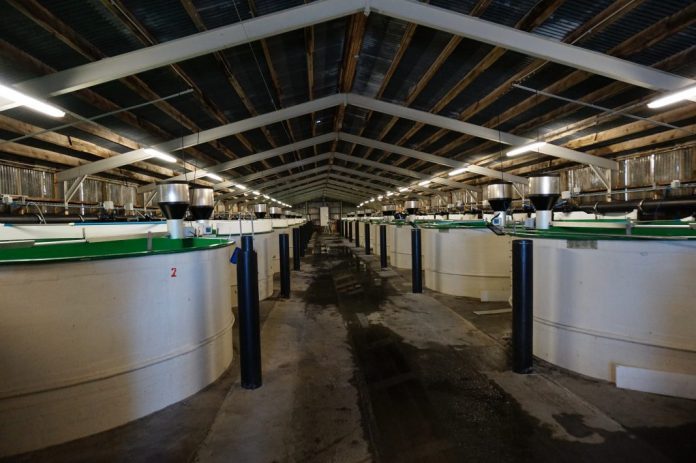The Icelandic salmon farmer, Laxar, spent four years searching for an investor. When they finally found one, it only took one month to finalise the agreement.
“It was a long process. We had spoken to several investors, both Icelandic and foreign,” Managing Director Helgi G. Sigurðsson told SalmonBusiness when we visited Laxar’s head office in Kópavogur.
But in the summer of 2016, things fell into place for the company which had been established already in 2005. Måsøval Fiskeoppdrett entered the arena, and acquired 53.5 percent of the shares in the company.
“There was chemistry, that was the main reason,” said Sigurðsson, on why it was exactly Måsøval with which Laxar inked the agreement.
“We had similarities, and in effect that made the choice a simple one. It took a month to close the deal, after a process that lasted four years.

Fought to convince
Sigurðsson explained why he thought it took so long to get an investor.
“In the beginning Iceland wasn’t considered a good country for fish farming. Historically undesirable. It was a hard slog to convince Norwegian investors.
Climatic conditions were also a key argument.
“They maintained the weather was too cold for farming fish,” said Laxar founder, Einar Örn Gunnarsson.
Sigurðsson said the fact that the company had invested in North Norway, played to the advantage of Icelandic producers.
“Suddenly things took a turn for the better in the north, and it was apparent that there was less of a problem with lice and diseases. Cold water was not the main problem,” said Sigurðsson.
Acquired smolt production plant
Jóhannes Sigurðsson, who is in charge of land operations at Laxar, started working for the company in 2014. He said the acquisition of two old smolt production plants was crucial for investor interest.
“We didn’t have any smolt plants, and there was a shortage of these on Iceland. But in 2015/2016 two old plants were put up for sale. They had been previously used for Arctic char. We took a chance in buying these properties in February 2016. At that time we had accumulated enough money to start up, and subsequently interest grew after we made these investments,” Sigurðsson said.

